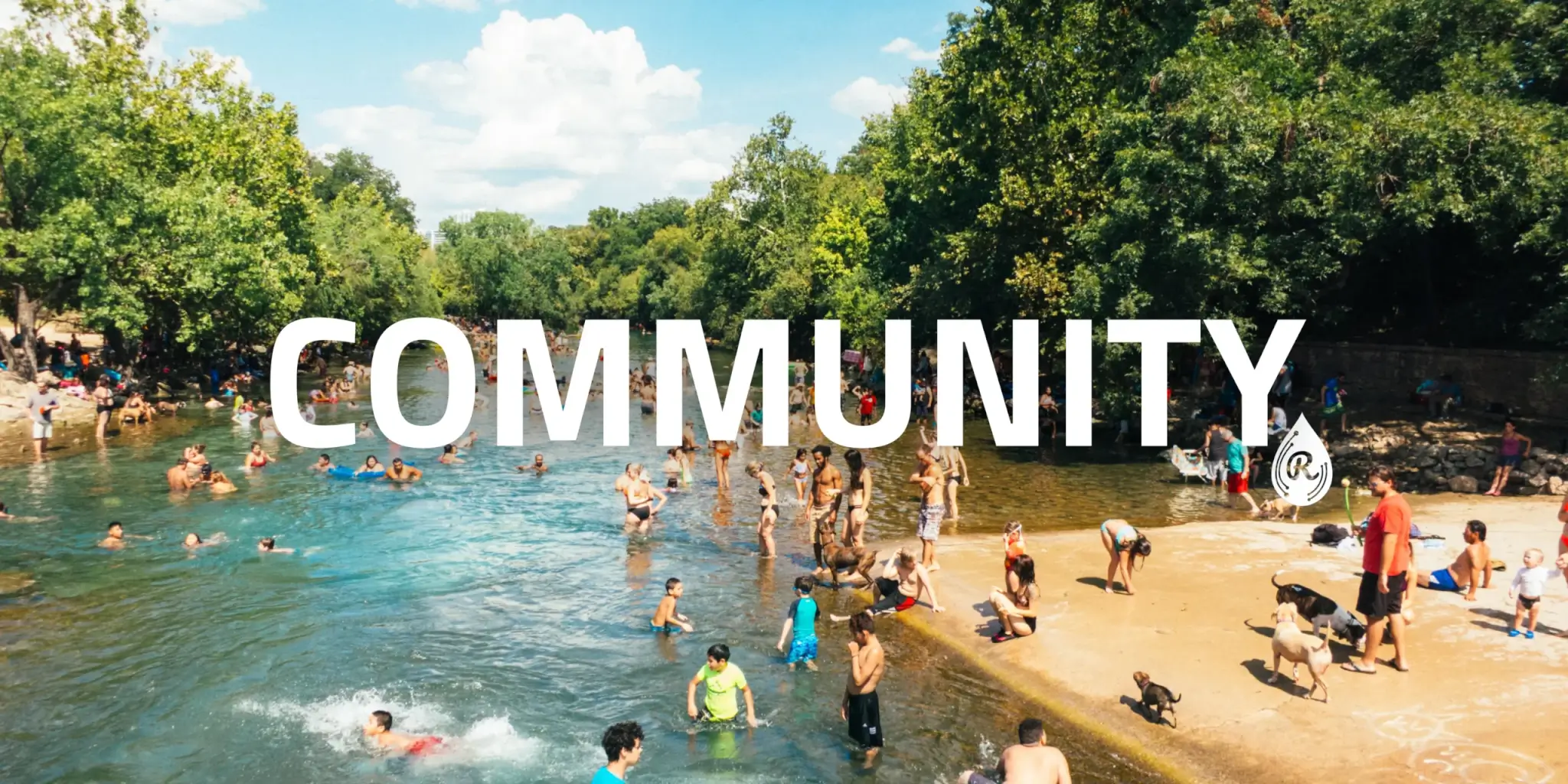
Connecting community partnerships is crucial for addressing
urban sustainability and water runoff.
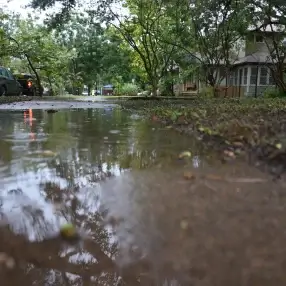
Urban areas often face challenges such as water scarcity, pollution, and degradation of natural resources.
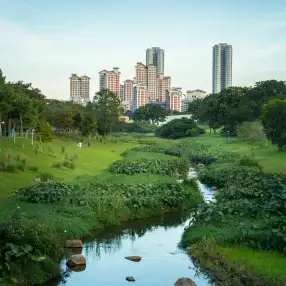
These challenges can significantly impact the health and well-being of the residents, the environment, and the economy.
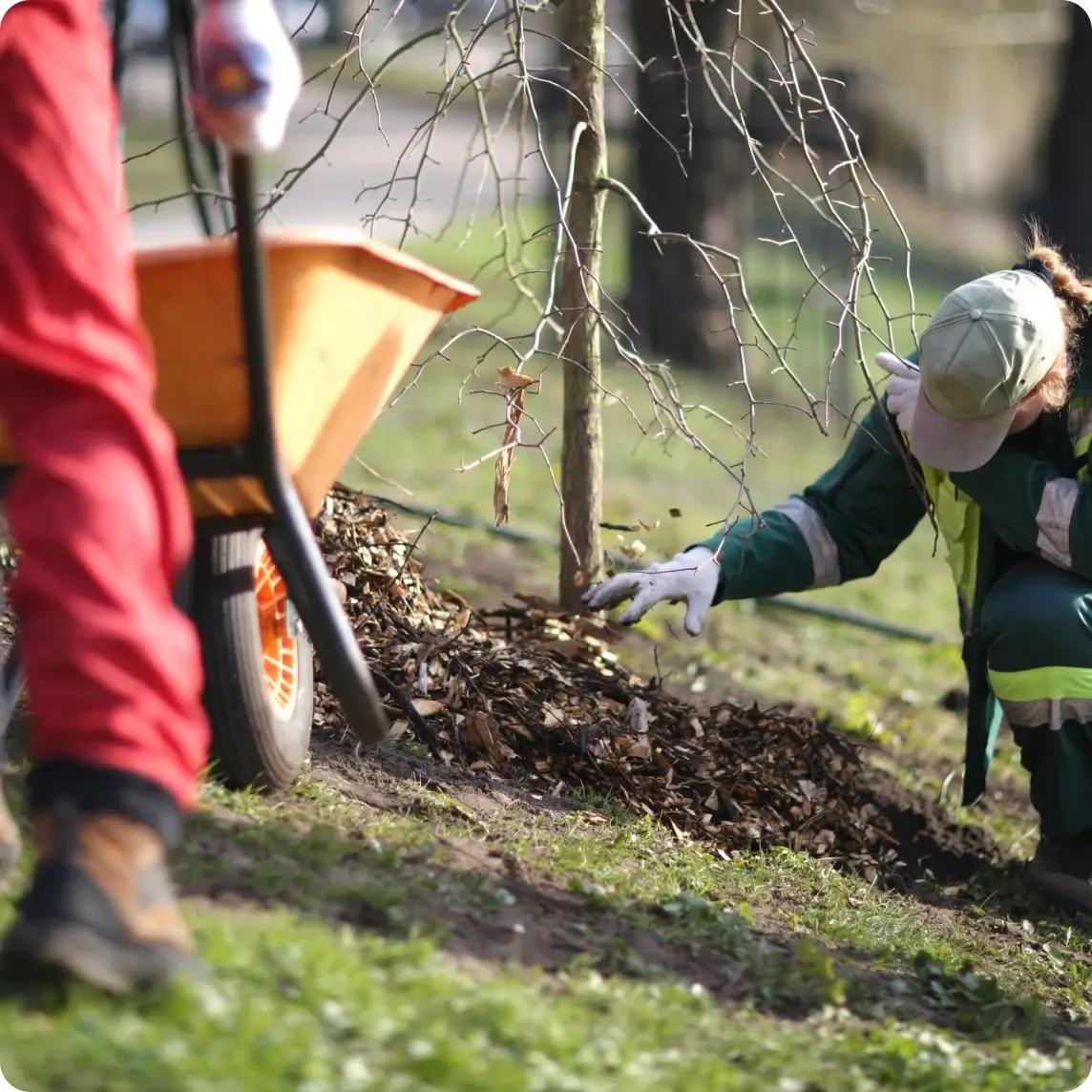
Collaboration among stakeholders can lead to more effective decision-making, resource allocation, and implementation of nature-based solutions.
Most importantly, empowering
all stakeholders can increase
transparency, accountability,
and trust.
Property Owners
Property owners can earn extra income by participating in a stormwater marketplace, increasing property values, saving on stormwater utilities, and contributing to their community’s overall sustainability and health.
Residential
Protect your home by mitigating water damage, reduce your stormwater utility fees, and bring ecological value to your neighbors and community.
Commercial
Commercial owners can expedite new build permits, save on landscaping and maintenance budgets, and have access to some of the most generous incentive programs in the nation.
Community Partnerships
Governments often use incentive programs to encourage property owners to adopt nature-based solutions. Incentive programs can help overcome barriers to adoption such as lack of funding or technical knowledge in order to help accelerate the adoption of nature-based solutions. Yet, along with incentives, you need community data.
Community data is essential for these programs as it helps municipalities identify areas of need, track progress, and evaluate the effectiveness of their programs. By collecting data on the adoption of nature-based solutions, you can identify trends and patterns, track the impact of your programs, and adjust your strategies as needed.





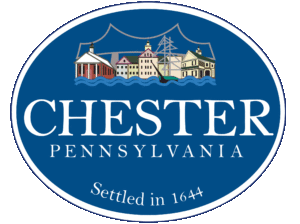

Service Providers
Overall, service providers (engineers, architects, contractors, landscape artists, designers, the list goes on), want more work and access to green infrastructure jobs because it can help them remain competitive, tap into a growing market, contribute to environmental stewardship efforts, and create jobs.
